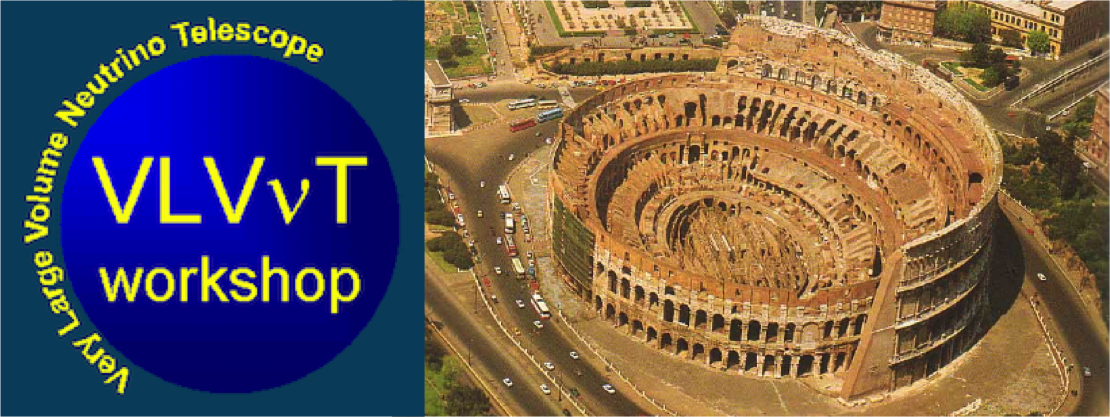Conveners
Parallel Session H: Atmospheric neutrino phenomenology
- maurizio spurio (University of Bologna (Italy))
- Tyce DeYoung (UNIVERSITY OF MARYLAND)
- Thomas Eberl (Erlangen University)
- Spencer Klein
Dr
Carla Distefano
(LNS-INFN)
15/09/2015, 16:30
The gSeaGen code simulates neutrino-induced events detectable by an underwater neutrino detector. The code is an application based on GENIE (Generates Events for Neutrino Interaction Experiments), a set of libraries developed with the purpose to have a "canonical" Monte Carlo for neutrino interaction physics. The gSeaGen code is able to generate events induced by all neutrino flavours, taking...
Joakim Sandroos
(Universität Mainz, IceCube)
15/09/2015, 17:10
Next generation atmospheric low-energy neutrino detectors, will be able to measure neutrinos with energies of a few GeV. In this energy range the primary signal below the horizon is neutrino secondaries from cosmic ray interactions in the atmosphere. The measured event rate will depend on the neutrino mass hierarchy, allowing determination of the Neutrino mass hierarchy to a significance level...
Dr
Askhat Gazizov
(GSSI/DESY)
15/09/2015, 17:30
We present an updated set of (anti)neutrino-nucleon charged and neutral current scattering cross-sections with an emphasis on intermediate energies between ~ 3 GeV and ~ 100 GeV. These cross-sections can be used for reconstruction and analysis of events in the future PINGU, ORCA and Hyper-Kamiokande experiments and for detector parameters optimization. Dynamic effects due to the finite...
